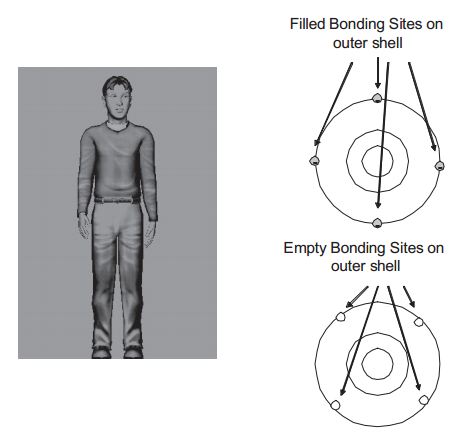In a series of ingenious yet simple experiments, Rich Mayer and Scott DaPra showed that students learn better from an onscreen slide show when it is accompanied by an onscreen avatar that uses social cues.
Some subjects saw an avatar which used a full compliment of social cues (gesturing, changing posture, facial expression, changes in eye gaze, and lip movements synchronized to speech) which were meant to direct student attention to relevant features of the slide show.
Other subjects saw an avatar that maintained the same posture, maintained eye gaze straight ahead, and did not move (except for lip movements synchronized to speech).
A third group saw no avatar at all, but just saw the slides and listened to the narration.
All subjects were later tested with fact-based recall questions and transfer questions (e.g. "how could you increase the electrical output of a solar power?") meant to test subjects ability to apply their knowledge to new situations.
There was no difference among the three groups on the retention test, but there was a sizable advantage (d = .90) for the high embodiment subjects on the transfer test. (The low-embodiment and no-avatar groups did not differ.)
A second experiment showed that the effect was only obtained when a human voice was used; the avatar did not boost learning when synchronized to a machine voice.
The experimenters emphasized the social aspect of the situation to learning; students process the slideshow differently because the avatar is "human enough" for them to treat it prime interaction like those learners would use with a real person. This interpretation seems especially plausible in light of the second experiment; all of the more cognitive cues (e.g., the shifts in the avatar's eye gaze prompting shifts in learner's attention) were still present in the machine-voice condition, yet there was no advantage to learners.
There is something special about learning from another person. Surprisingly, that other person can be an avatar.
Mayer, R. E. & DaPra, C. S. (2012). An embodiment effect in computer-based learning with animated pedagogical agents. Journal of Experimental Psychology: Applied, 18, 239-252.

 RSS Feed
RSS Feed